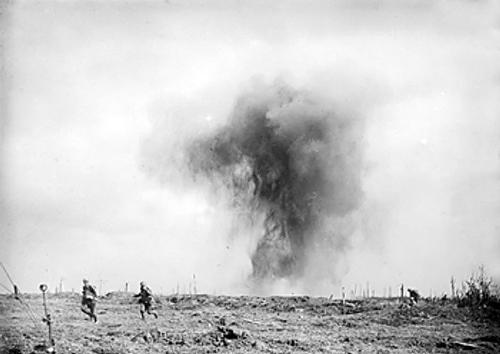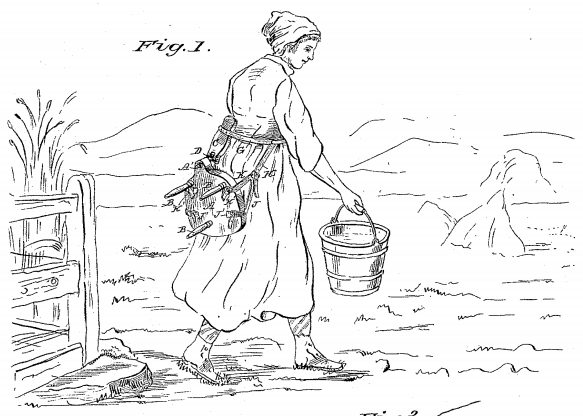Incontrovertibly the greatest nickname in history is The Snodgering Blee, Charles Dickens’ name for his eldest son, Charley. Some further inventive handles:
- Thorpedo – Australian swimmer Ian Thorpe
- Bathing Towel – Robert Baden-Powell
- “Chariots” – English former rugby league and rugby union footballer Martin Offiah
- “Singing” – Spanish cyclist Miguel Indurain
- Attila the Hen – Margaret Thatcher
- The Prince of Whales – George, Prince of Wales, later George IV (Leigh Hunt was sent to prison for calling him “a corpulent man of fifty”)
- The Lizard of Oz – former Australian prime minister Paul Keating, after putting his arm around the queen in 1992
- The Ambling Alp – Italian boxer Primo Carnera (6’5″, 260 lbs.)
- Starvation Dundas – British Tory politician Henry Dundas, who said in a 1775 debate that he was “afraid” that a bruited famine in the American colonies “would not be produced” by a trade-restricting bill
The Doubleday publishing company was founded in 1897 by Frank Nelson Doubleday, whose initials inevitably led Rudyard Kipling to dub him “effendi.” In Ogden Nash, Douglas M. Parker says this was “a nickname he would carry for his entire career.”






